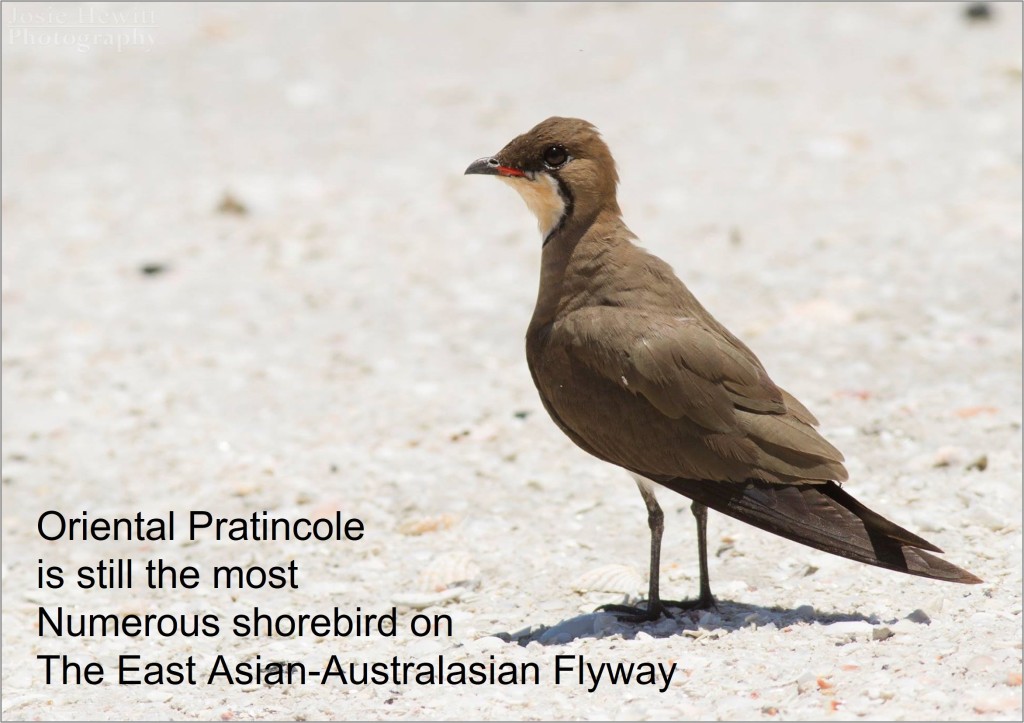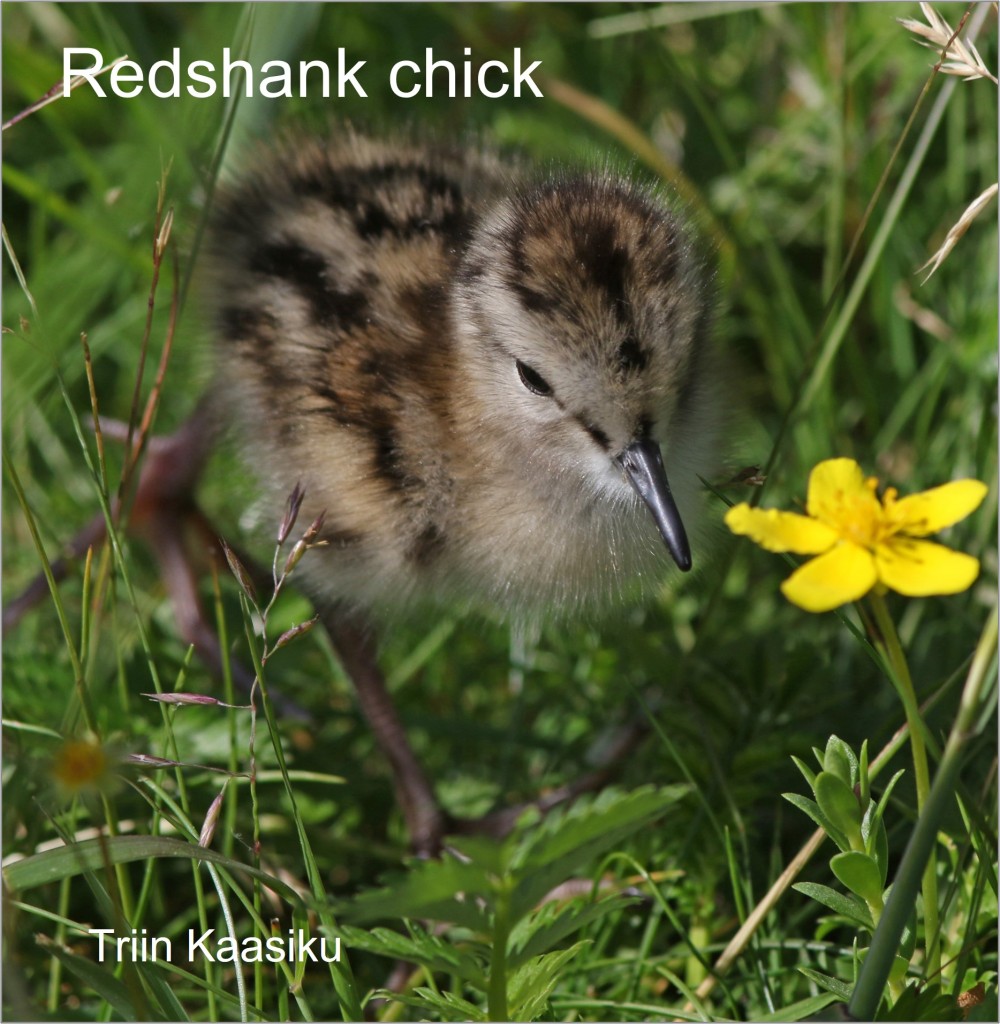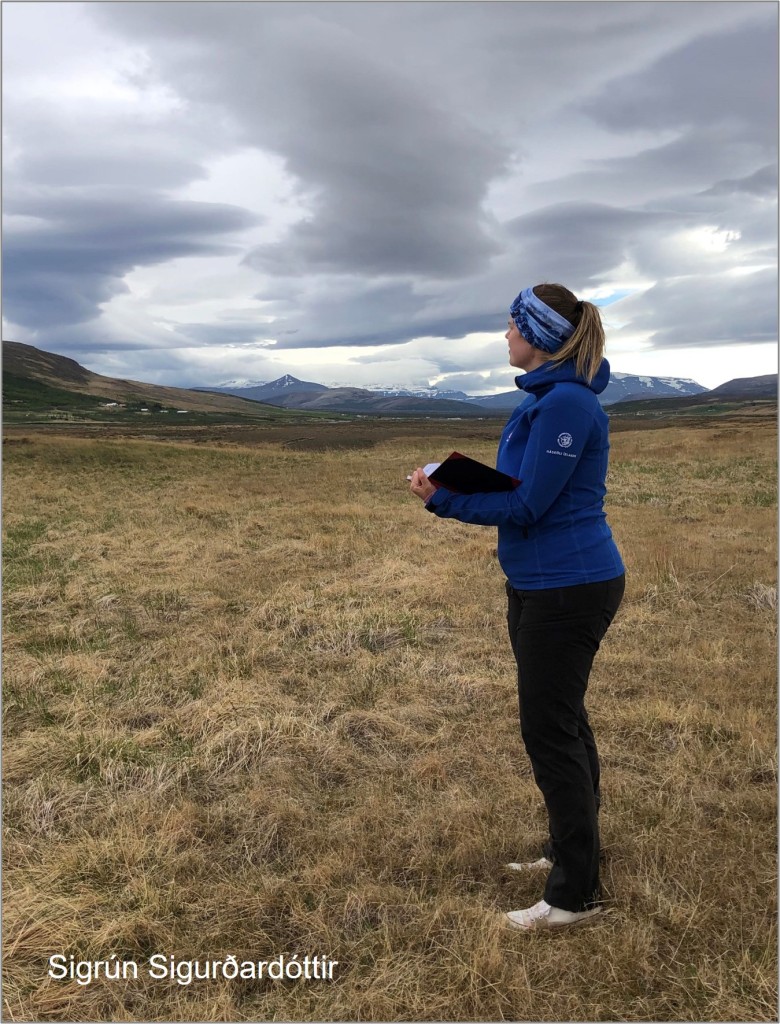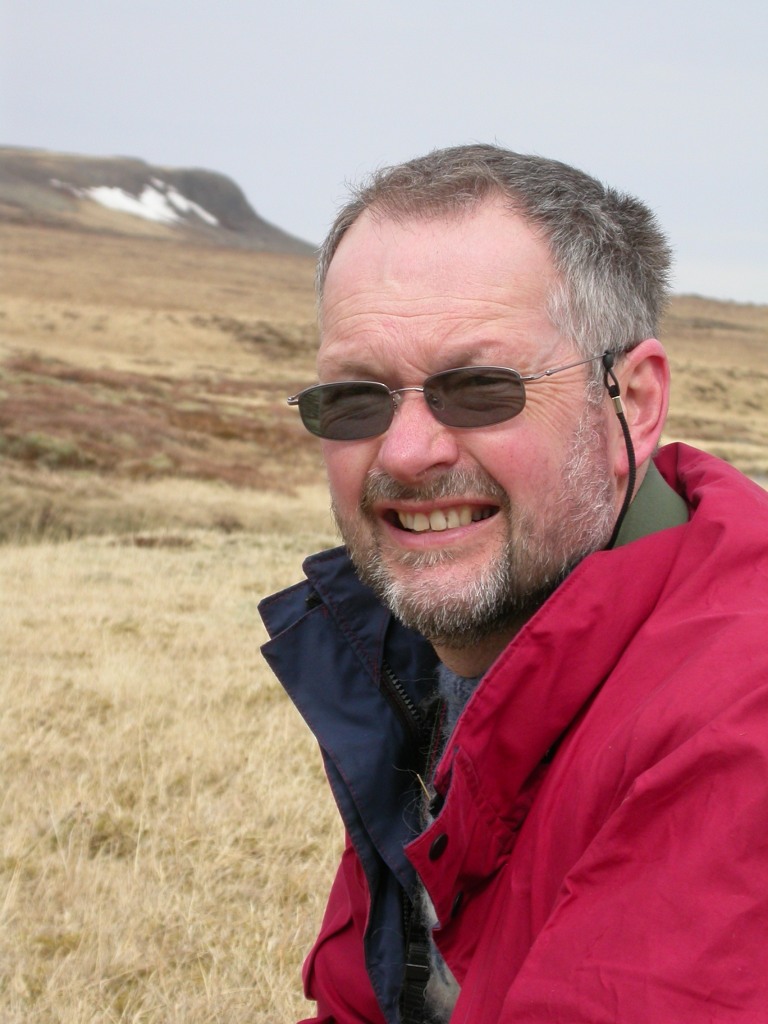Here are brief summaries of the first nine WaderTales blogs of 2022. As ever, I am grateful to the authors of the papers that underpin the blogs; they have worked with me to make sure that I get the stories right! I have not covered every new paper; perhaps your favourite is in the pipeline or perhaps I did not happen to spot it? The blogs are described in order of publication.
Welsh Oystercatchers
To explain how flexible Oystercatchers can be in response to changes in their food supply, Katharine Bowgen has brought together long-term data collected by wader ringers and WeBS counters, and added in annual assessments of cockle stocks on the Burry Inlet (South Wales). This paper has a particular resonance, as I remember teaching students about the Burry Inlet Oystercatcher controversy of the 1970s, when complaints from shellfishers led to the deaths of thousands of birds. We understand more about the relationship between shellfish stocks and bird numbers now but what happens when Oystercatchers can’t find food? This paper makes a strong case for the protection of networks of sites, so that individuals have alternatives when needed.
Australian stock-take
One of the great joys of writing WaderTales blogs is that I get to ‘visit’ the flyways of the world without having to burn carbon. How many shorebirds use the East Asian-Australasian Flyway? is a flyway-wide stock-take of the waders that visit Australia and New Zealand, led by Birgita Hansen. It is shocking that a flock of 350 Far-eastern Curlew now constitutes 1% of the global population and that the population of Curlew Sandpipers has halved in double-quick time, but the key strength of the paper is the clear explanation of a methodology that can be used in the future, to monitor changes in numbers.
Chick vocalisation
Big analyses of data sets are very important but it’s lovely when you learn more about the natural history of species that birdwatchers know well. In Australia, Kristal Kostoglou recorded the calls of the chicks of Red-capped Plovers and Southern Masked Lapwings, that were being ringed and measured in the hand. In Chick squeaks I describe how calls get deeper with age, which is not surprising, but that the calls of males and females can become distinguishable from a very early age. Male Red-capped Plover chicks are more demanding than their sisters!
Trans-oceanic migration
There have been several recent wader papers that interpret data obtained from birds when on migration. One of the interesting questions being asked is, “Do shorebirds account for wind displacement continuously or correct for drift later?”. Navigating a vast ocean summarises Jenny Linscott’s work on Hudsonian Godwits, as they cross the Pacific Ocean and then the Gulf of Mexico, on their way from Chile to Alaska. She and her fellow authors show that flocks make continuous adjustments, demonstrating that birds ‘know where they are’ and giving them the ability to fly extremely long distances without running out of energy. There’s some clever maths too!
Hiding in the trees
In the second paper from her PhD, Triin Kaasiku looks at the breeding success of Estonian coastal waders that nest at different distances from woodland. Keep away from the trees describes these ‘edge effects’. In a part of the world where waders are in diminishingly short supply, hatching success is six time as high in open areas as in areas that are within one kilometre of forest edge. The Baltic coast used to be a haven for species such as Curlew and Dunlin but reduced grazing and forestry plantations have provided hiding places for predators. Alongside increased predation, breeding waders are also having to contend with an increasing numbers of nest inundations, arising from summer storms.
Curlew hunting
Curlew hunting stopped in Great Britain in 1982, when the declining wintering population received protection under the new Wildlife & Countryside Act. A fascinating paper by Ian Woodward and BTO colleagues teases apart the positive effects of the cessation of shooting and more benign winter weather. It is summarised as Curlew: after the hunting stopped.

I am old enough to remember when Curlew were hunted in East Anglia. The pâté made from autumn-shot birds is reputed to have been very tasty; I recall Clive Minton getting back in his land-rover and reporting that he had been offered some, when asking for permission to cannon-net Curlew on a Norfolk land-owner’s estate.
Personal appreciation of Whimbrel
On 27 April, Jenny Gill and I were at Eyrarbakki, on the south coast of Iceland. As we watched, small groups of Whimbrel were coming in off the sea. Others were resting on the seaweed-covered rocks, a few were feeding and some flew straight by. Watching waders arrive in Iceland is always magical but, from sightings of satellite-tagged Whimbrel, we could be pretty sure that these tired birds had just completed five-day, direct flights from west Africa. I could not wait to get back to base and to share our observations. It was a good excuse to round up the Whimbrel stories in other WaderTales blogs, as you can read in Whimbrels arrive in Iceland.
Power-line problems
We have seen huge changes in Iceland, since we first visited in 2000, but how are these affecting shorebirds? In the first paper of her PhD (Effects of land conversion in sub-arctic landscapes on densities of ground-nesting birds), Aldís Pálsdóttir investigated how distributions of breeding waders are affected by power-lines. She discovered significantly depressed numbers several hundred metres from the transmission lines, with Whimbrel and Redshank being the most obviously impacted. Her results are written up as Power-lines and breeding waders. With an increasing global reliance on electricity, these are important findings for planners and conservationists.
Conflict with forestry
Just a few days later, Aldís Pálsdóttir’s second paper was published. By mapping distributions of breeding waders in the vicinity of forests, she has shown that new plantations have a massive effect on distributions. In lowland Iceland, the most vulnerable species appear to be Dunlin and Oystercatcher, followed by Whimbrel, Black-tailed Godwit and Golden Plover. It should be noted that three-questers of Europe’s Whimbrel nest in Iceland, as well as half of the Golden Plover and Dunlin. Aldís and her fellow authors argue that Iceland’s waders need a strategic forestry plan. They estimate that recently-planted woodland and forests have already removed the breeding territories of tens of thousands of waders.
Blogs from previous years
WaderTales blogs are written by Graham Appleton (@GrahamFAppleton) to celebrate waders and wader research. Many of the articles are based on published papers, with the aim of making shorebird science available to a broader audience.































